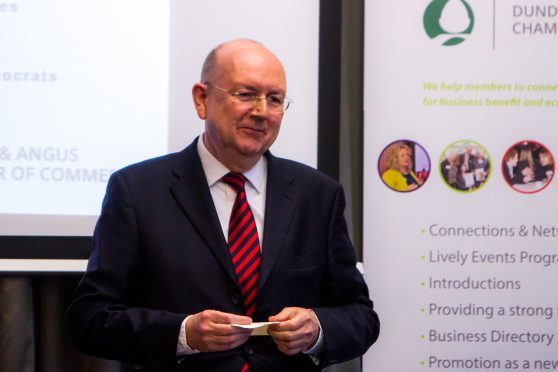More than 400 young people have gone missing from care in Tayside and Fife over the past three years, according to new figures.
Since 2016, Police Scotland and the missing persons register have been alerted about 218 looked-after children in Fife, 93 in Dundee, 70 in Perth and Kinross, and 20 in Angus.
A Courier investigation revealed all 409 youngsters returned home, a statistic described as a “mercy”.
When a looked-after child goes missing, the missing person’s register is notified and an immediate alert sent to Police Scotland.
The circumstances of each child determine further action, such as an immediate alert on social media for high-risk children, a police search of all known friends and family housing, and contact with family members.
A spokesman from NSPCC Scotland said: “Children go missing from care for many reasons – for example they’re being bullied or they’ve been placed in a home away from their family and they miss them and their friends.
“Children who go missing are at a greater risk of physical abuse, grooming and sexual exploitation and we know that children in care are significantly more likely to run away than their peers.
“Many will have been abused before being placed in care and need a great deal of attention and protection.
“That’s why it’s crucial for all looked-after children to have consistent and sensitive support in a caring environment to help them overcome their early life experiences.”
North East region Conservative MSP Bill Bowman said: “Some of the children in these figures are not even secondary school age and are incredibly vulnerable.
“Looked-after children are our collective responsibility. If we fail to protect them, the results can be heartbreaking for young people, families and society.
“I think the Scottish Government needs to work with Police Scotland to identify the reasons why they leave their guardians or care homes.
“They should look to adopting the approach in places like Angus, where corporate parenting is a responsibility for the whole council.
“When children have to be removed from their parents, they have to be given as much stability as possible and should be close to family and friends where practical.
“Just as we end Scotland’s Year of Young People, we should look to end the unnecessary suffering of those we look after, to give them the same opportunities as every other child.”
A Scottish Government spokesperson said: “We know that young people are by far the most common age-group to go missing (64%) and we work closely with Police Scotland, councils and care providers to reduce these incidences.
“Corporate parenting – where organisations have a parental responsibility – is driving improvements across the public sector, with more people championing the rights of care-experienced young people.
“We have funded the Missing People charity to increase awareness and continue its services, including a 24-hour helpline, textsafe facility and telephone counselling.
“We also fund training for frontline services in return conversations to better understand the reasons someone may have gone missing.
“This and the evaluation of the Police Scotland pilot projects is helping improve working practice across the country.”










